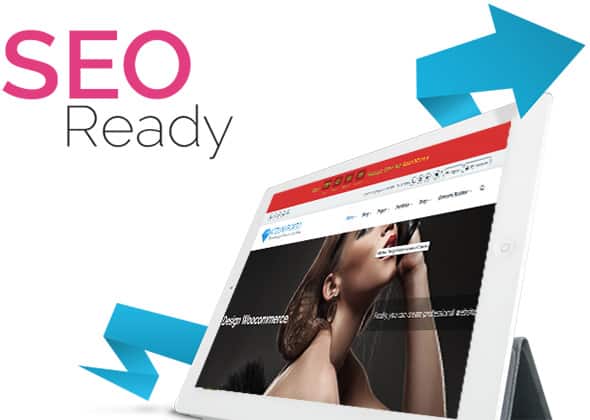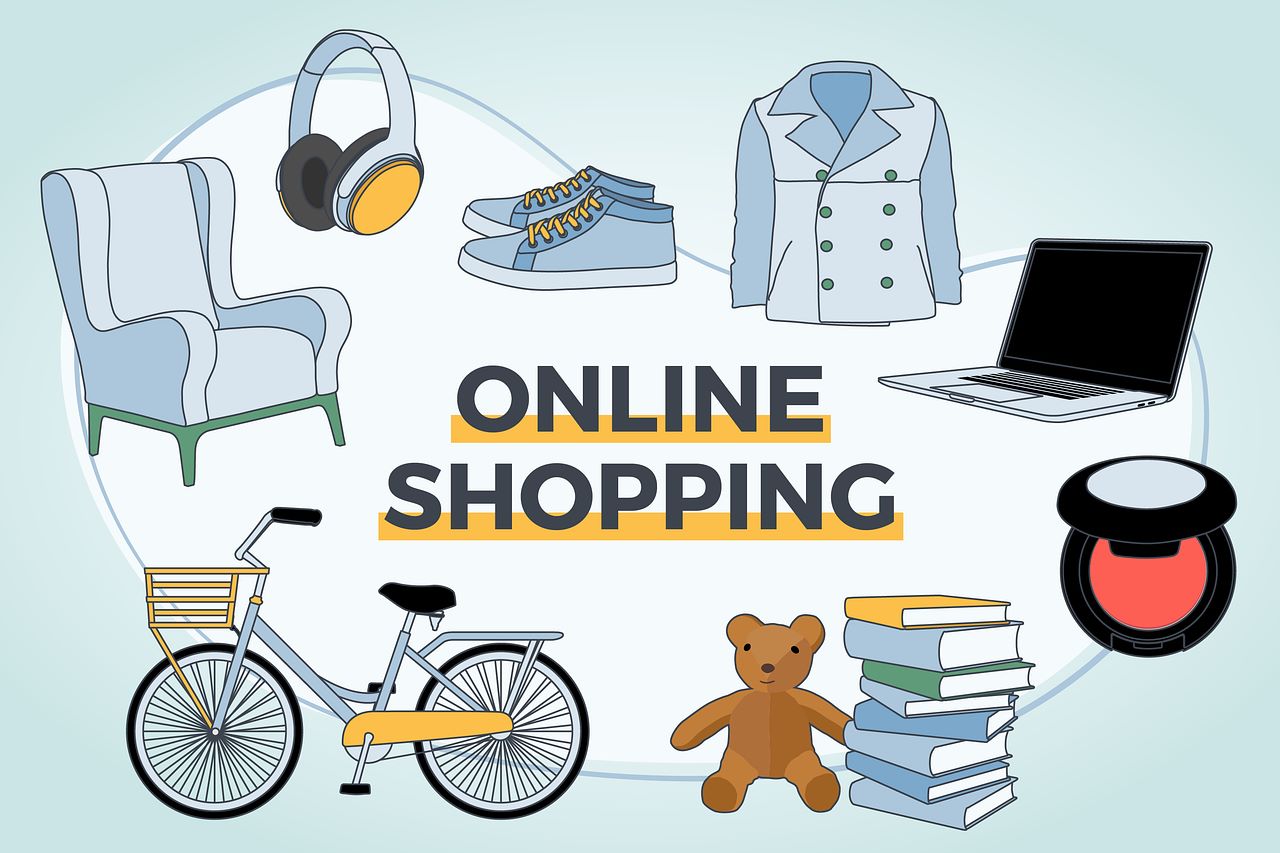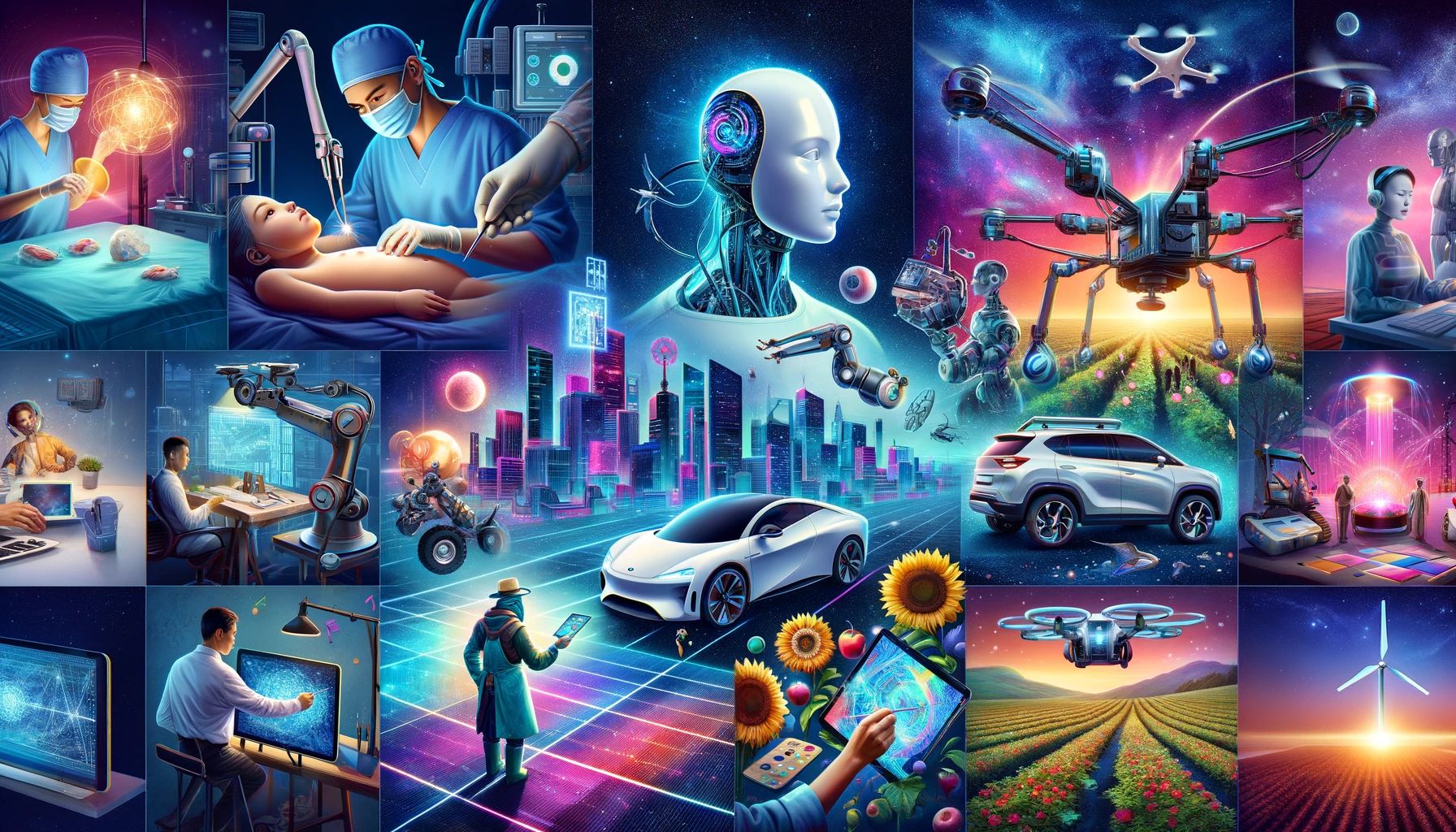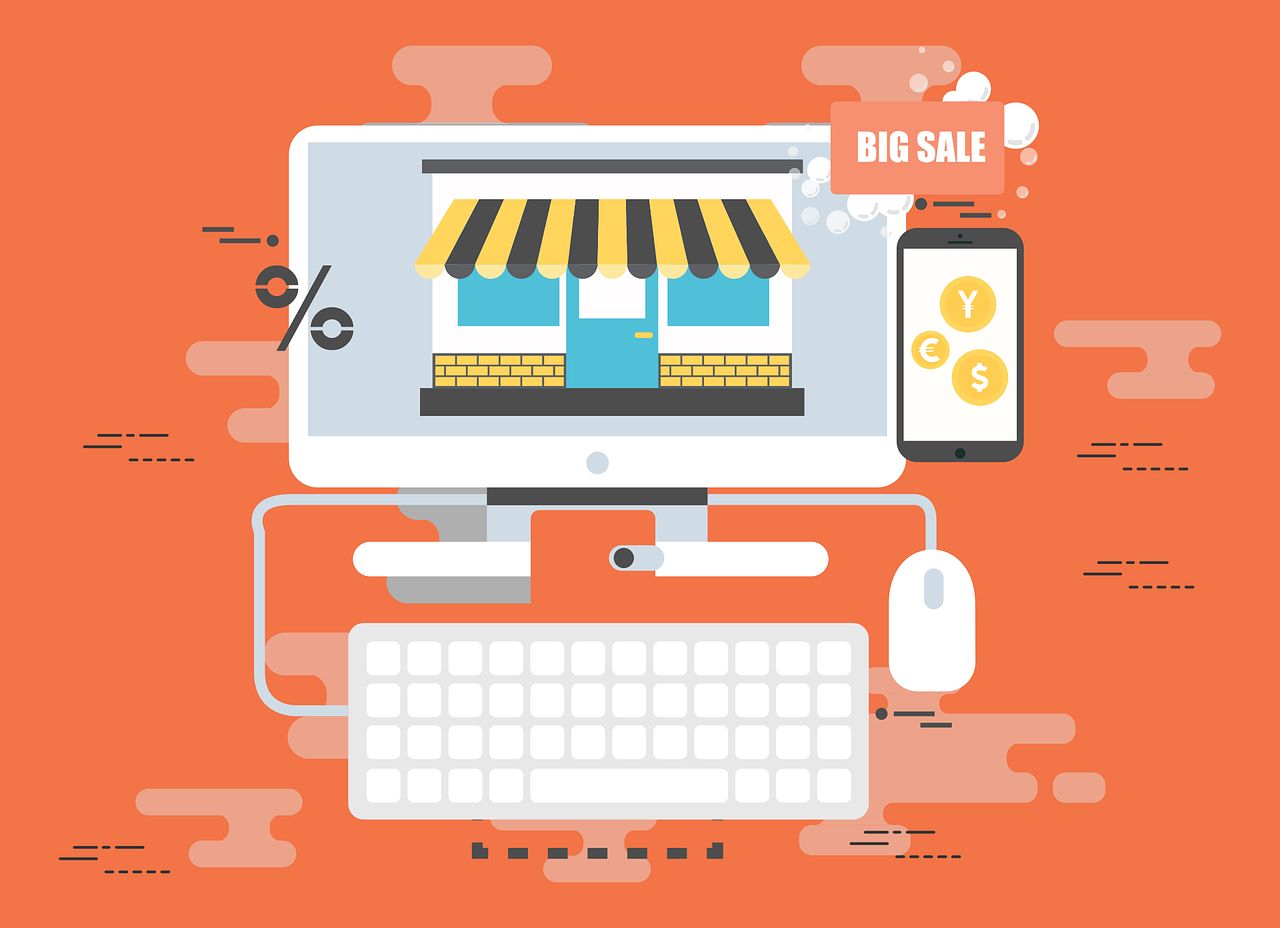E-Commerce Marketing
E-commerce marketing is like running a digital lemonade stand – you’ve got to scream, “Hey, I’ve got lemonade!” louder than the kid next door, but in a way that makes people think you’re the coolest stand on the block.
E-Commerce Marketing: Before AI
Ah, the days before AI. E-commerce marketing back then was basically the Wild West of the internet.
You were out there with a handful of tools, a whole lot of hope, and a “let’s see what happens” attitude.
First, you had to figure out how to get people to your store.
This usually involved a mix of trial-and-error, Facebook ads, spamming your friends with “Check out my store!” messages, and praying that Google would one day notice your website.
Spoiler: Google often didn’t.
Then there were the product descriptions. Oh, the joy of writing product descriptions for 500 different items.
“How many ways can I describe a plain white T-shirt without losing my mind?” you’d wonder. “Soft. Cotton. Stylish. Wait, did I already use ‘stylish’?”
It was like a never-ending word salad buffet.
Once you finally got people to your site, the real challenge began – getting them to buy something.
You’d watch your analytics obsessively, seeing people add items to their cart only to abandon them. “Why?! Was it the price? The shipping?
Did they get distracted by a cat video?” You’d send follow-up emails that sounded a bit desperate.
“Uh, hey, you left something in your cart… want to come back? Please?”
And let’s not forget inventory management. Without AI, keeping track of stock was a nightmare.
You’d either overstock and end up with boxes of unsold products filling your garage, or you’d sell out of your bestseller and spend weeks apologizing to angry customers.
“I’m sorry, Karen, the unicorn mug is on backorder. Yes, I know it’s inconvenient. No, I can’t magically make more appear.”
In short, e-commerce marketing in the pre-AI era was a mix of hustle, guesswork, and sheer willpower.
It worked, but not without a lot of late nights and caffeine-fueled troubleshooting sessions.
E-Commerce Marketing: After AI
Enter the AI era, where e-commerce marketing is no longer a chaotic juggling act.
It’s more like a well-choreographed dance, with AI tools stepping in as your backup dancers to make you look like a superstar.
First, let’s talk about attracting customers. AI-powered ad platforms like Facebook Ads Manager or Google Ads take the guesswork out of targeting.
Instead of throwing ads at everyone and hoping for the best, AI narrows your audience down to the people most likely to buy your stuff.
It’s like having a matchmaker for your products and customers.
Once they’re on your site, tools like Optimizely or Dynamic Yield use AI to personalize the shopping experience.
They’ll recommend products based on browsing history, show dynamic pricing, or even display popup offers right when someone’s about to leave.
It’s like having a charming salesperson on your site who knows exactly what to say and when to say it.
Product descriptions? Say goodbye to the word salad buffet. Tools like Jasper or Writesonic can generate persuasive, SEO-friendly descriptions in seconds.
Need an alternative? Try Copy.ai. These tools understand your tone and branding, so every product feels like it was written by a pro.
And those abandoned carts? AI’s got you covered there too.
Platforms like Klaviyo or Omnisend can send automated reminders with personalized offers, like “Hey, we saw you left this in your cart. Here’s 10% off to help you decide!”
It’s like having a friendly shopkeeper who gently nudges customers back to the checkout line.
Inventory management is no longer a nightmare, either.
Tools like Inventory Planner or Skubana use AI to predict demand, so you’ll never overstock or run out of your bestsellers.
Plus, they can sync with your sales channels to keep everything up-to-date in real time.
Lastly, analytics. AI tools like Shopify Analytics or Google Analytics break down your data into easy-to-digest insights.
They’ll tell you which products are killing it, which ones need a little love, and where your traffic is coming from. It’s like having a crystal ball for your business.
Bottom line? AI transforms e-commerce marketing into a streamlined, data-driven machine.
You’ll spend less time guessing and more time growing your business – and maybe even enjoying your weekends for once.
How to Teach Yourself About AI-Enhanced E-Commerce Marketing
Ready to take your e-commerce game to the next level? Here’s how to get started with AI tools that’ll make your life so much easier.
Start with your store platform. If you’re using Shopify, you’re in luck – it has tons of built-in AI features and integrations.
Not on Shopify? Check out BigCommerce or WooCommerce for other AI-friendly options.
Next, dive into advertising. Use Facebook Ads Manager or Google Ads to run targeted ad campaigns.
Prefer automation? Try AdRoll to run ads across multiple platforms with minimal effort.
For on-site personalization, explore tools like Optimizely or Dynamic Yield. They’ll help tailor the shopping experience to each visitor, boosting conversions like magic.
Need help with email marketing? Klaviyo and Omnisend are your go-to platforms for automated, AI-driven campaigns that bring customers back.
Finally, learn the ropes. Platforms like Udemy or Skillshare offer courses on e-commerce marketing and AI tools.
And for free tutorials, check out Shopify’s YouTube channel for expert tips.
Your 5 Step AI Knowledge Quest Action Plan
- Set Up Smart Ads: Use AdRoll to automate ad campaigns across Facebook, Google, and more.
- Personalize the Experience: Try Optimizely to create a tailored shopping journey for your customers.
- Fix Abandoned Carts: Let Klaviyo send automated cart recovery emails that actually work.
- Streamline Inventory: Use Inventory Planner to manage stock levels and predict demand.
- Track Your Success: Analyze your sales and traffic with Google Analytics or Shopify Analytics.
5 Creative AI E-Commerce Marketing Tips
- Focus on Upsells: Use AI tools like CartHook to recommend add-ons or upgrades during checkout.
- Leverage Chatbots: Add Tidio to your site to answer customer questions 24/7 and guide them to purchase.
- A/B Test Everything: Use VWO to test headlines, images, and layouts to see what converts best.
- Create Scarcity: Tools like Proof show real-time purchase notifications to create FOMO (fear of missing out).
- Retarget Like a Pro: Use AdRoll to re-engage visitors who didn’t buy the first time.














